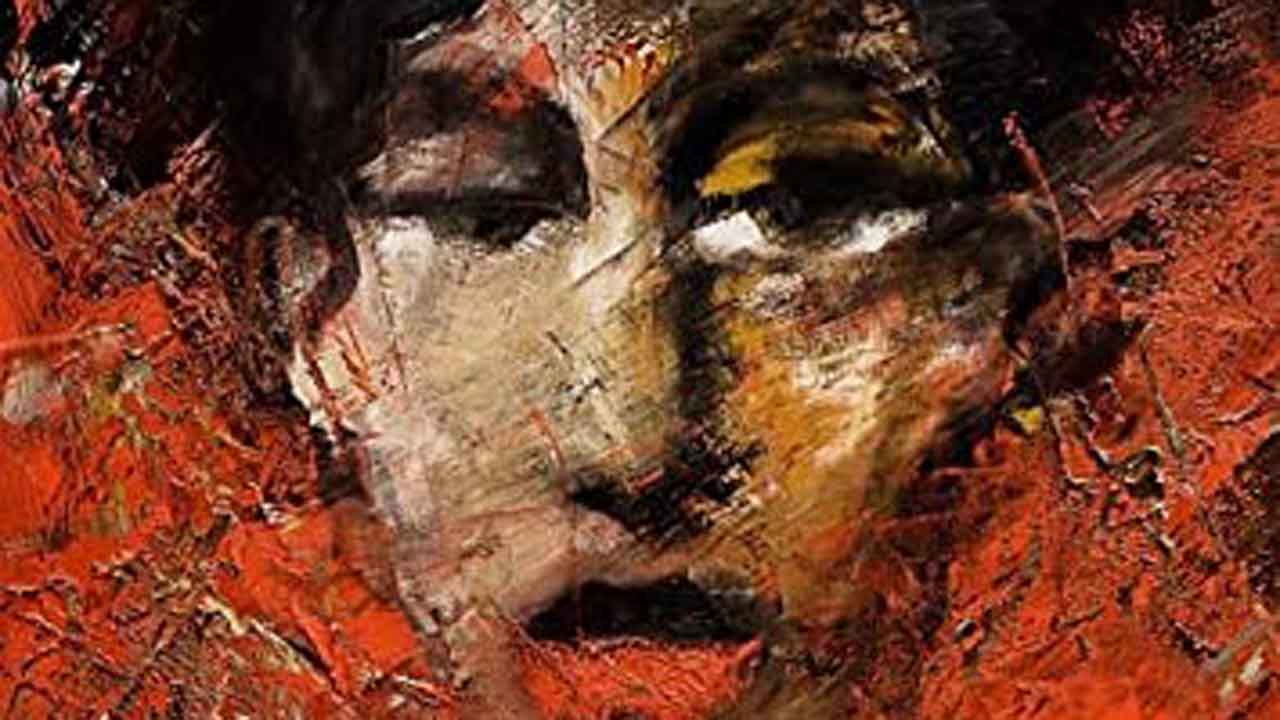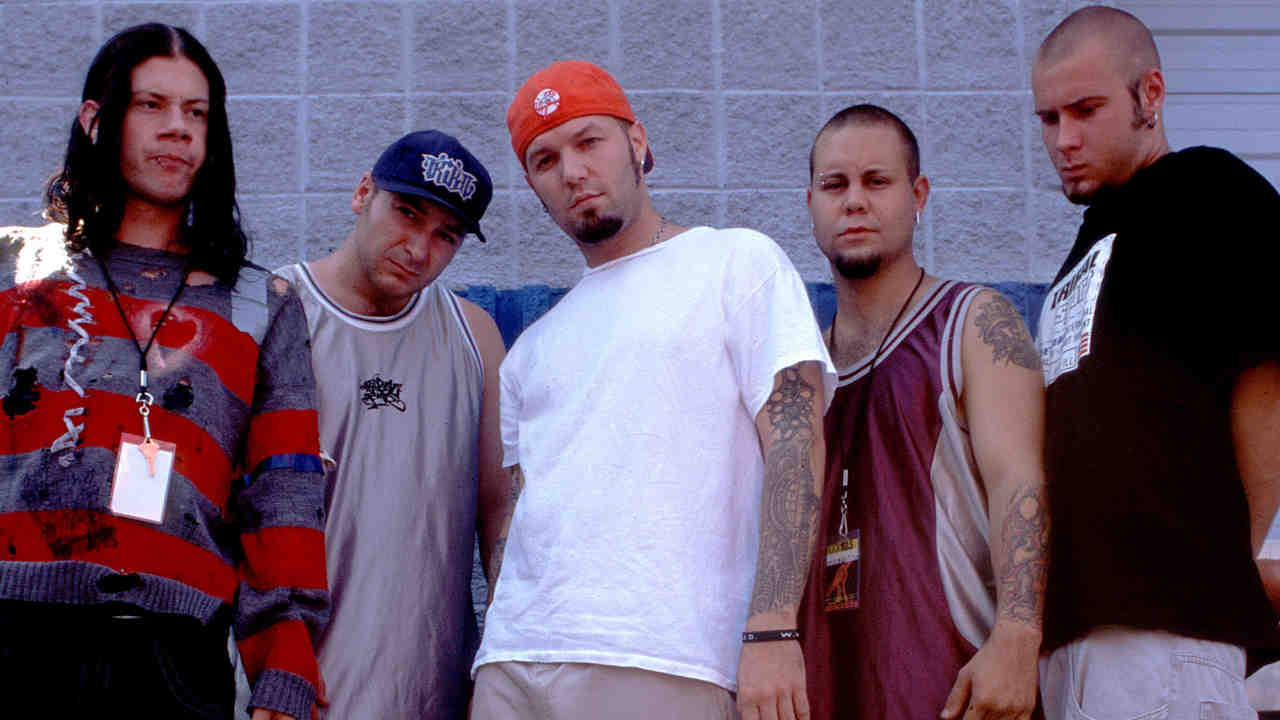How Ville Valo went to hell and back on HIM’s Venus Doom
Addiction, rehab, suicide – HIM made their darkest, heaviest album in 2007’s Venus Doom

After the release of Dark Light in 2005, HIM had finally achieved lift-off in America. But rather than trying to refurbish the style and sounds of that album, with Venus Doom the band went all out for a far heavier approach.
Ville Valo said before the album’s release that their intention was to create a mixture of My Bloody Valentine’s Loveless and Metallica’s Master Of Puppets, showcasing the band’s more aggressive, guitar-led leanings. And they succeeded admirably. Of course, they were also clever enough to not shed any of their masterful songwriting traits, so the songs were still imbued with the melodic melancholy that had been a crucial part of their rise to fame.
- The best Metallica merch 2020: amazing gifts for the Metallica fan in your life
- Less noise, more rock with the best budget noise cancelling headphones
- Best music streaming services: how do Spotify, TIDAL, Apple Music and others compare?
- Loudest Bluetooth speakers: the best speakers for maximum noise
HIM were now reaching a new commercial peak. The success of Dark Light, not only in America but also in the UK (it was a Top 20 success in both countries), had won them a musical freedom that they grabbed hard. Having worked with Tim Palmer as the sole producer on Dark Light, this time they teamed the man with their old pal Hiili Hiilesmaa; the two had worked together before on 2003’s Love Metal. They would take their time getting this album totally focused.
One of the most fascinating aspects of I is how guitarist Mikko Viljami Lindstrom comes into his own. Not that his guitar work on previous albums had ever been undervalued by the band or the fans. But here he really opens up and delivers striking performances throughout. As soon as the dense, dark opening riff of the title track hits, it’s clear he’s been given carte blanche to be assertive, his solos reaching a new level of power. During Love In Cold Blood, Lindstrom gives a metal masterclass, while on The Kiss Of Dawn he delivers a devastating short, spiky solo. Among the most extreme songs here is Song Or Suicide. This was the first time that HIM had recorded a song featuring just vocals and an acoustic guitar. It only lasts for 71 seconds, but that one minute and 11 seconds are as eerie as they are disturbing, like something you might imagine 70s-era Black Sabbath would have done.
Augmenting the musical heaviness are Valo’s vocals and his lyrics. While his trademark throat gymnastics and embellishments are still in evidence, he has also added a careworn, downbeat phraseology. In fact, at times it’s as if he’s been deliberately recorded after an all-night drinking binge, such is his wariness and insouciant vulnerability.
- How HIM’s Razorblade Romance set Ville Valo on the path to goth-metal immortality
- 10 essential goth metal albums
But, the truth was that, at the time, Valo was struggling with overwhelming addiction problems. In fact, he checked into rehab almost as soon as the album was finished. There are times when you can hear the strain in his vocals. And this also comes through in a lot of the lyrics here. While superficially they deal with the usual themes of unrequited love and loneliness, there are times when Valo digs deep within his own psyche and exposes his struggles at the time with personal demons. Even a song like The Kiss Of Dawn, which was inspired by the suicide of a close friend, references the frontman’s personal battles. It all makes these songs a lot more revealing about what was going on in Valo’s head than had been the case on any of the band’s previous releases. As such, it gave it a sense of intimacy that drew HIM closer to their growing fanbase than they’d ever allowed before. And this might well have helped propel the album’s subsequent success.
While not a concept album as such, the nine songs here were meant to represent the nine circles of hell as depicted by Dante in his epic 14th century poem The Divine Comedy, a subject that is acknowledged in the last two songs, Bleed Well and the brooding Cyanide Sun.
Sign up below to get the latest from Metal Hammer, plus exclusive special offers, direct to your inbox!
The cover artwork for Venus Doom was a painting by American artist Daniel Harouni. Valo had bought it in New Orleans, and then asked Harouni if he could use it on the cover. But while this was used on the normal edition, HIM ran a contest among fans on their street team site, asking them to use the painting as a basis for their own cover ideas, and one was chosen for special editions.
The album was released in September 2007, and got to an impressive No. 12 in America, as well as making the Top Ten in five European countries, while it hit number 31 in the UK. The song Passion’s Killing Floor was featured on the soundtrack for the high profile Transformers movie.
Venus Doom got positive reviews at the time, and certainly attracted attention for showing the band had the ability and self-awareness to make a convincingly heavy album that never compromised on HIM’s past achievements.
Malcolm Dome had an illustrious and celebrated career which stretched back to working for Record Mirror magazine in the late 70s and Metal Fury in the early 80s before joining Kerrang! at its launch in 1981. His first book, Encyclopedia Metallica, published in 1981, may have been the inspiration for the name of a certain band formed that same year. Dome is also credited with inventing the term "thrash metal" while writing about the Anthrax song Metal Thrashing Mad in 1984. With the launch of Classic Rock magazine in 1998 he became involved with that title, sister magazine Metal Hammer, and was a contributor to Prog magazine since its inception in 2009. He died in 2021.

